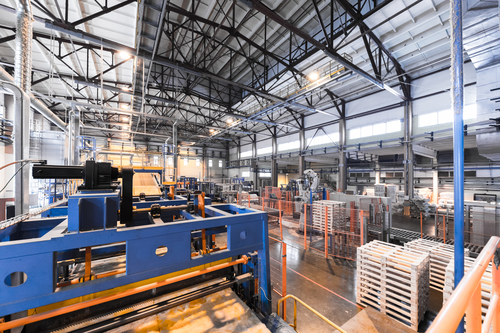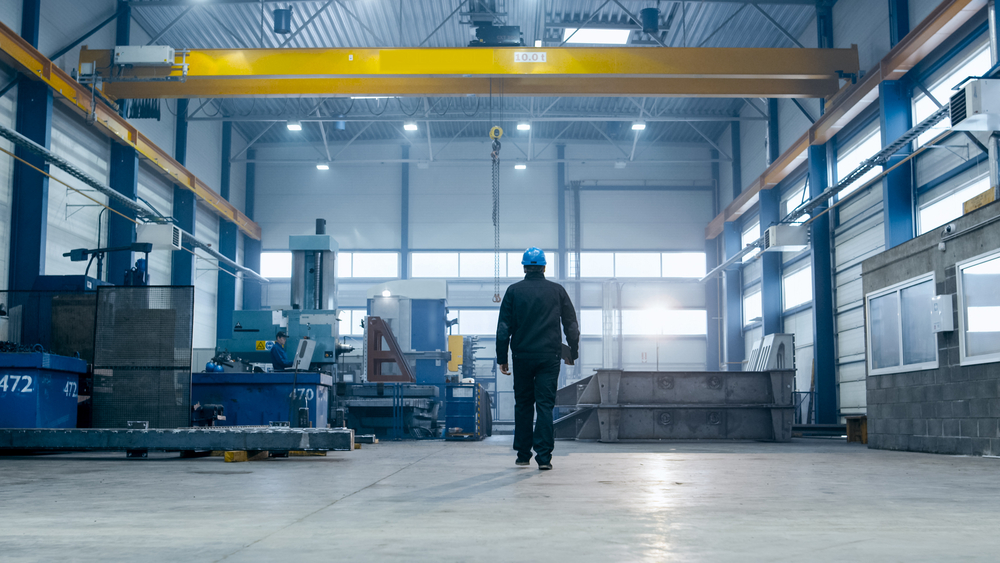Which Forces Help USA Manufacturing Become Great Again?
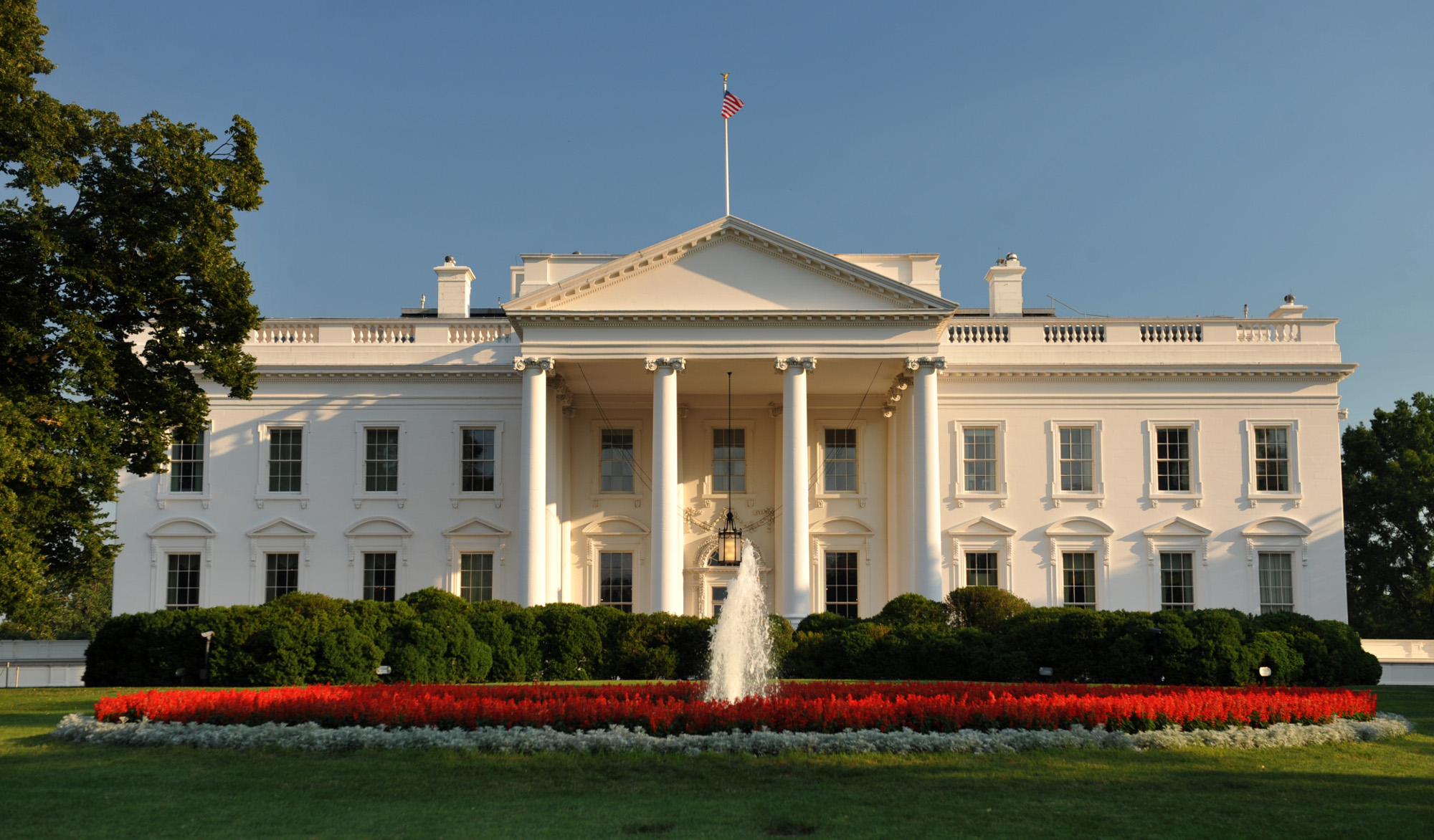
U.S. manufacturing is on the rise
U.S. factories are adding jobs at the quickest pace since 2014 and there are no signs of slowing down any time soon.
In total, the U.S. added 196,000 manufacturing jobs in 2017, which is far better than the 34,000 factory jobs lost in the previous year.
Last year’s losses reinforced President Trump’s portrayal of manufacturing being in a long decline.
Manufacturing added 31,000 jobs in February 2018. Within the industry, employment rose in transportation equipment (+8,000), fabricated metal products (+6,000), machinery (+6,000) and primary metals (+4,000).
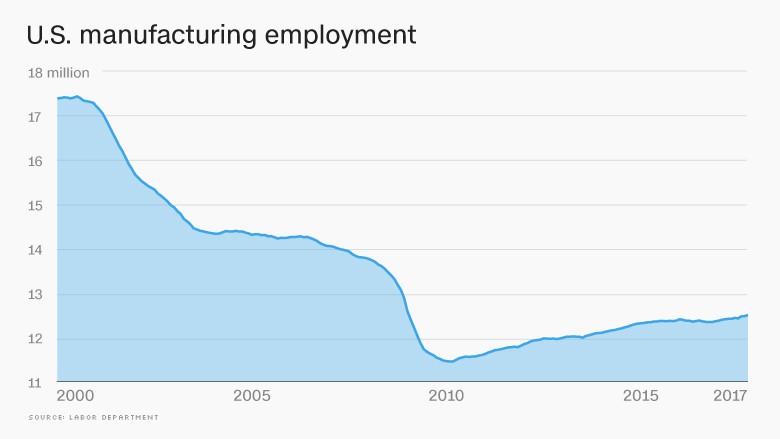
Trump and U.S. governmental politics provide benefits for manufacturers
The President of the U.S. made several promises in 2016 during the presidential election. Some of them were also for manufacturers.
“My plan includes a pledge to restore manufacturing in the United States,” Mr. Trump said in a campaign rally on Oct. 31, 2016.
The negotiations over NAFTA will make it more complex for EU and Chinese manufacturers to export goods, which leverages competition for U.S. domestic manufacturers.
The latest promise Trump made was that import taxes would not be set for Australia, Canada and Mexico.
The weaker U.S. dollar positively benefits manufacturers. All of the US manufacturing industry depends heavily on exporting its products. When the dollar value is as high as it was in 2015, then U.S. products are less attractive to foreign buyers.
The government is actively pursuing politics that positively impact manufacturing, such as reducing corporate and investment taxes, planning to spend $1 trillion to rebuild U.S. infrastructure, reducing regulation and “America first” trade policy, etc.
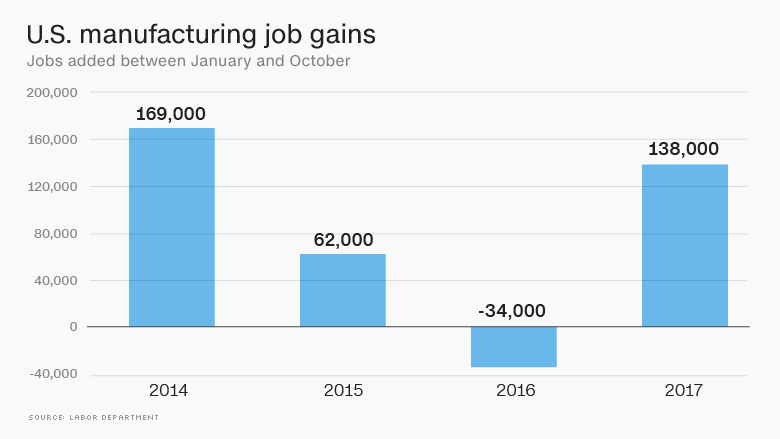
Companies have been hiring for manufacturing jobs in metals and electronic products. Those sectors have added 32,000 jobs and 13,000 jobs respectively.
A healthy economy increases demand for manufactured goods the U.S., from cars to solar panels.
Advancing technology helps to manufacture more effectively
Technology, in one form or another, has always been at the forefront of manufacturing developments. Since the Industrial Revolution, innovations, such as the railroad, the modern assembly line, the automobile and the Internet, have all shaken up manufacturing as we know it.
Automatization helps cut down the silos between all manufacturing stakeholders, such as suppliers, logistic teams and end-customers.
It helps to better organize manufacturing on the shop floor tools level. It allows tracking of jobs, equipment loads, work hours and maintenance periods.
Today, more than ever, manufacturers have a clearer look of their backlog and focus on using the information to grow the business.
By using MRP and ERP systems, small manufacturers are able to use advanced cloud computing to centrally manage and have a clear overview of their strategic processes.
Traditionally, due to their high cost and complexities, ERP and MRP tools have available only to enterprises. Now this has changed.
This allows small manufacturers to implement sophisticated tools to look for improvements on an on going basis, quickly adapting with market changes and allowing management to focus on growing the business.
Conclusion
U.S. manufacturing is doing extremely well and is enjoying record levels of production. This increases overall business optimism and lifts consumer confidence.
Governmental politics and Trump attempting to keep his campaign promises provide even more confidence to U.S. manufacturers to win and grow jobs while, at the same time, succeed in global markets.
Innovating technology and embracing innovation and effectiveness will make manufacturing in the U.S. more appealing as it helps reduce what have traditionally been the downfalls of U.S. manufacturing: higher production costs and a lack of workers with needed skills.

